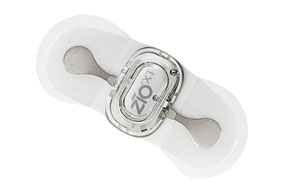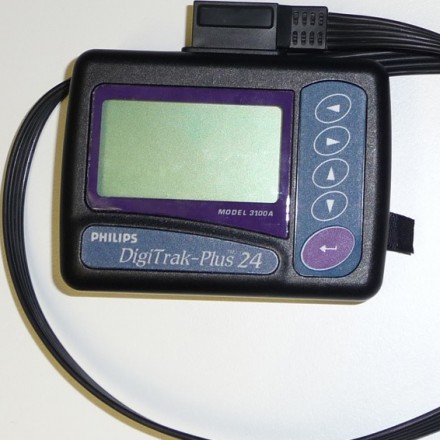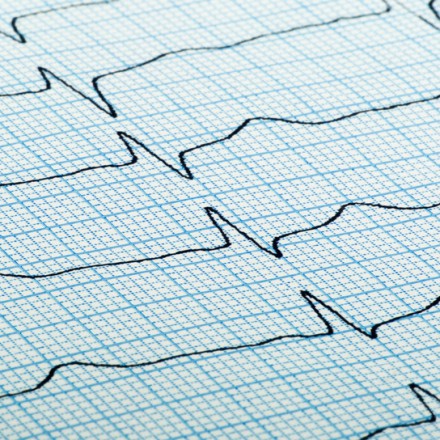ECG – Electrocardiogram Procedure
- Heart muscle that is too thick or parts of the heart that are too big
- Birth defects in the heart
- Disease in the heart valves between the different heart chambers
An electrocardiogram (EKG) is done to evaluate signs and symptoms that could indicate heart problems. Some of the signs and symptoms that might be evaluated with an EKG include:
- Chest pain
- Heart pounding, racing, or fluttering, or the sense that your heart is beating unevenly
- Difficulty breathing
- Feeling tired and weak (fatigue)
- Unusual heart sounds when the doctor listens to your heartbeat
When an adult—usually someone who is older than 40 or 50 years of age—has a routine health exam, the doctor may order an EKG to screen for early heart disease that has no symptoms. The doctor is more likely to look for early heart disease if the person has a family history of heart disease in a mother, father, brother, or sister—especially if the heart disease developed early in those family members’ lives.
An electrocardiogram (EKG) is painless and harmless. A technician first attaches 12 soft patches called electrodes to the skin of the chest, arms, and legs. These electrodes are about the size of a quarter. To help an electrode stick to the skin, the technician may have to shave a patch of hair where the electrode will be attached.
After the electrodes are placed on the skin, the patient lies still on a table for a few minutes while the electrodes detect the electrical signals of the heart. A machine then records these signals on graph paper or displays them on a screen.
The entire test takes about 5 minutes. After the test, the electrodes are removed from the skin and discarded.

7-Day ECG Monitoring
The optimal device for ambulatory cardiac monitoring with ECG is based on the frequency of symptoms. Historically, a 24- 48 hour Holter monitor was used. However, if symptoms are infrequent, the Holter would not be...

24-Hour ECG Monitoring
Holter and event monitors are medical devices that record the heart’s electrical activity. Doctors most often use these monitors to diagnose arrhythmias (ah-RITH-me-ahs). Arrhythmias are problems with the rate or rhythm of the heartbeat. During...

Office ECG
ECG – Electrocardiogram Procedure An electrocardiogram, also called an EKG or ECG, is a simple test that detects and records the electrical activity of the heart. Many heart problems change the electrical signature of the...
